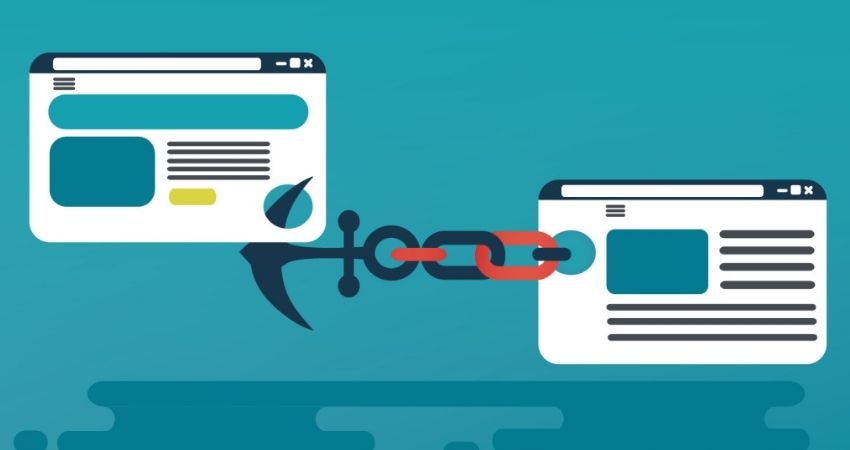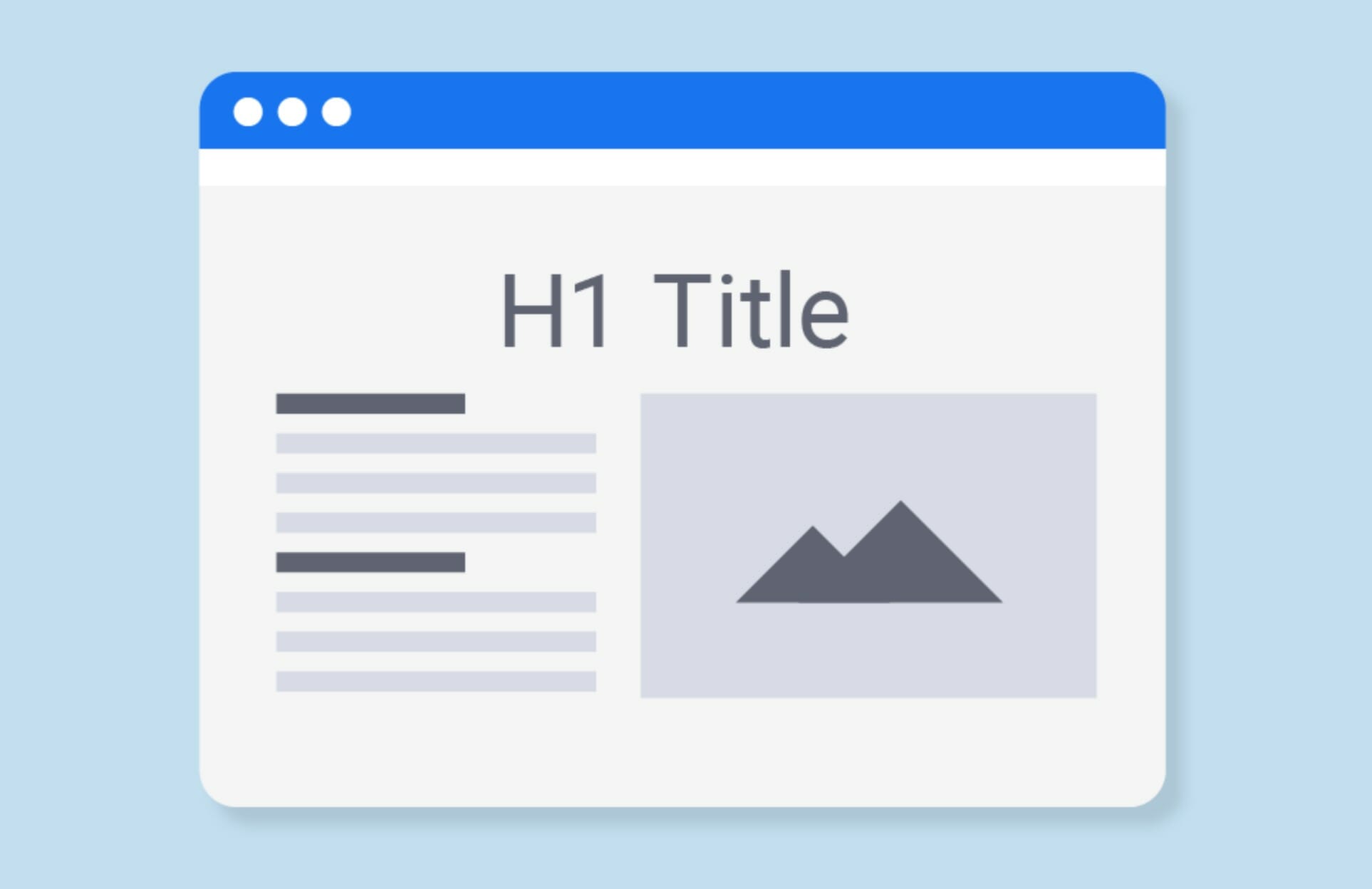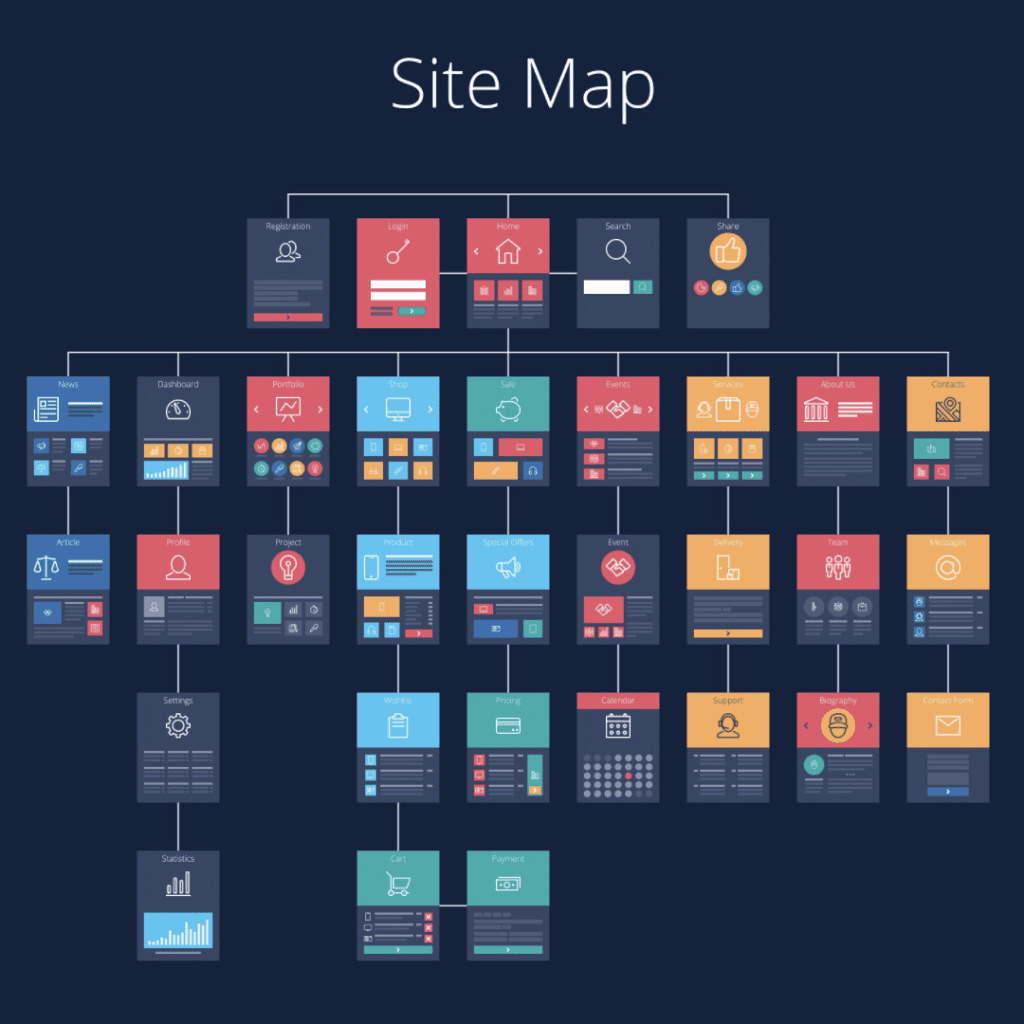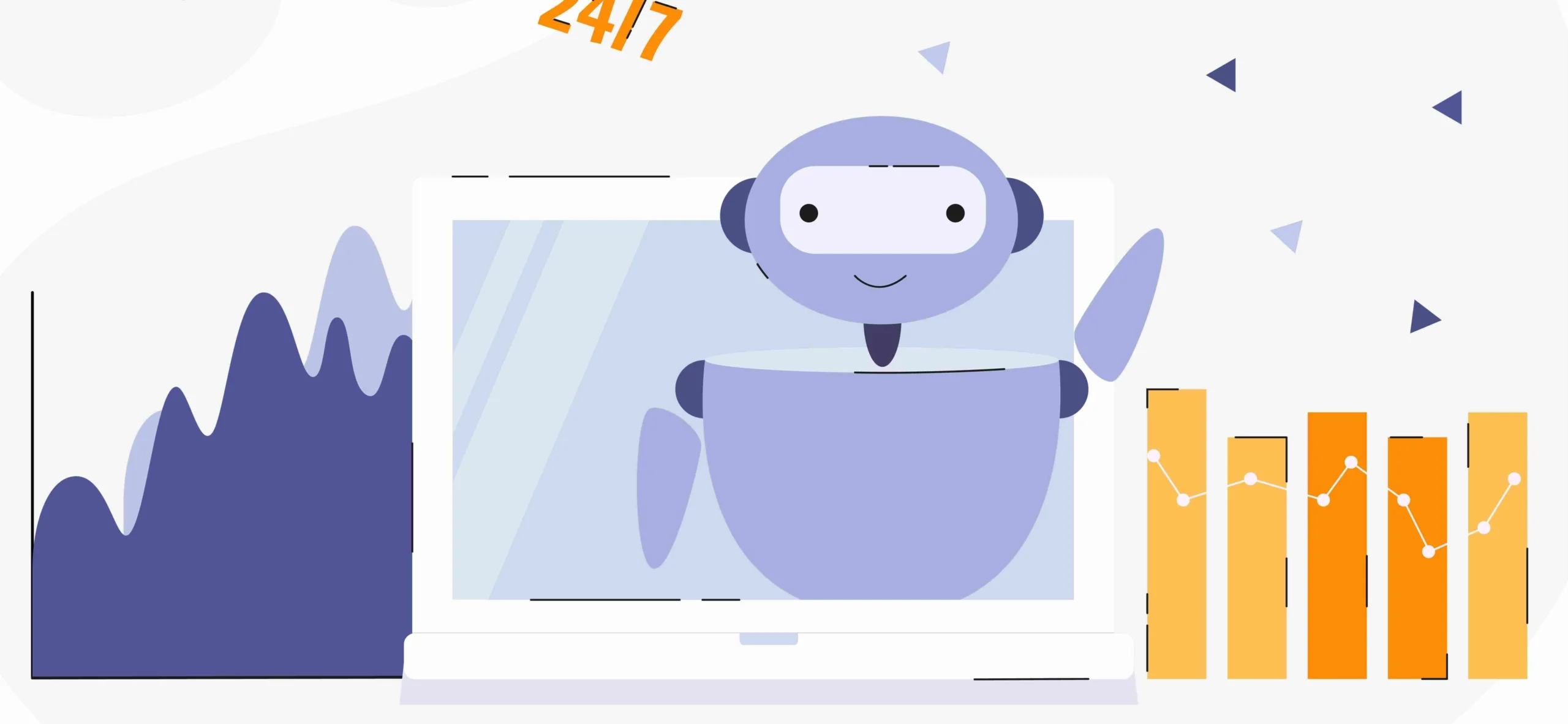Anchor tags are a fundamental component of HTML coding, serving as the backbone of web page navigation. They hold the keys to interconnecting diverse web pages, whether they’re internal or external links. If you’ve ever clicked a hyperlink that led you to a different section of the same page or even to an entirely different website, you’ve experienced the magic of anchor tags. Whether you’re a beginner just starting your coding journey or a seasoned developer looking for a refresher, this in-depth tutorial will provide valuable insights about anchor tags in HTML. So, let’s dive in and explore the world of HTML links, hyperlinks, and how they contribute to linking web pages.
What Are Anchor Tags In HTML?
Anchor tags in HTML are a fundamental aspect of web development. These tags, demarcated by the `<a>` and `</a>` symbols, allow hyperlinks to be embedded in your HTML document. Whether you’re learning anchor tags HTML for beginners or brushing up your skills, understanding the role of these tags can significantly enhance your web development capabilities.
What Does An Anchor Tag Do In HTML?
If you ask, “What does an anchor tag do in HTML?” The answer is simple yet powerful. An anchor tag in HTML creates clickable links on web pages. These links can transport you to other websites or sections of the same page, providing a seamless navigation experience. For instance, HTML page linking becomes efficient and user-friendly through anchor tags, connecting diverse topics and resources with a simple click.

What Are Anchor Tags Used For In HTML?
Anchor tags serve various purposes in HTML. Primarily, they link to other web pages or sites, connecting HTML pages meaningfully and organized. They also allow users to jump to distinct parts of the same HTML document. As a result, they’re instrumental in creating navigation menus and tables of content and facilitating user navigation across websites. They essentially create HTML internal links and HTML external links that connect information through the web.
How To Use Anchor Tags In HTML
Using anchor tags in HTML is a straightforward process. Include the text you want to link with `<a>` and `</a>` tags. To specify the destination page or section, use the href attribute. You can customize these links with attributes like target, title, etc., making them an integral part of HTML navigation links.

What Are The Attributes You Can Use In Achor Tags?
Before we delve deeper into the coding aspect of anchor tags, it’s important to understand the attributes you can use in conjunction with them. These attributes, added within the `<a>` tag, provide functionality and customization to your hyperlinks. Explore these attributes and learn how they can elevate your HTML coding skills.
The Href Attribute In Anchor Tags
The `href` attribute in anchor tags is used to specify the hyperlink’s destination. This attribute can contain either an absolute URL (linking to another website) or a relative URL (linking to a file within the same website). For example, `<a href=”https://www.example.com”>Visit Example.com</a>`.
The Target Attribute In Anchor Tags
The `target` attribute in anchor tags determines where the linked document will open. Its most common value is `blank`, which opens the linked web page in a new browser window or tab. Here’s an example of its usage: `<a href=”https://www.example.com” target=”blank”>Open Example.com in new tab</a>`.
The Download Attribute In Anchor Tags
The `download` attribute in anchor tags prompts the user to download the linked resource instead of navigating to it. It is often used with resources like PDFs or images. Example: `<a href=”path/to/image.jpg” download>Download image</a>`.
The Ping Attribute In Anchor Tags
The `ping` attribute sends a short notification, or ‘ping,’ to a specified URL when the user clicks a link. This is often used for tracking purposes. For example, `<a href=”https://www.example.com” ping=”/log/click”>Visit Example.com</a>`.
The Rel Attribute In Anchor Tags
The `rel` attribute specifies the relationship between the current and linked documents. Common values include `nofollow` (tells search engines not to follow the link) and `noopener` (prevents the new page from accessing the original page). An example of its usage is `<a href=”https://www.example.com” rel=”nofollow”>Link to Example.com</a>`.
The Hreflang Attribute In Anchor Tags
The `hreflang` attribute indicates the language of the linked document and helps search engines serve users the most appropriate version of a page. For example, `<a href=”https://es.example.com” hreflang=”es”>Spanish version of Example.com</a>`.
The Type Attribute In Anchor Tags
The `type` attribute in anchor tags specifies the media type of the linked document. This is rarely used because browsers usually can determine the file’s type from the URL. Example: `<a href=”path/to/document.pdf” type=”application/pdf”>Download PDF</a>`.

Why Use Anchor Tags In HTML?
Anchor tags in HTML are essential for creating hyperlinks between web pages. They are crucial for site navigation and user experience, making pages more usable and interconnected. Web developers can link to specific sections or pages using anchor tags, creating a cohesive and easily navigable web experience.
Conclusion
In conclusion, anchor tags represent an essential building block for creating interconnected web experiences. They enable linking web pages and sites, connecting the vast expanse of information on the World Wide Web. Whether you’re exploring an anchor tags HTML tutorial or just navigating your favorite website, you’re benefiting from the power of anchor tags.







